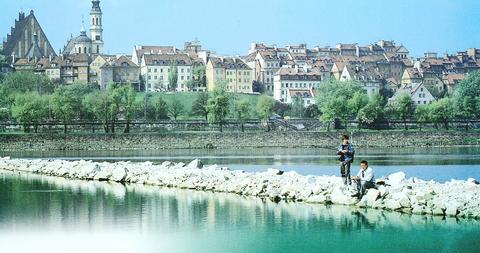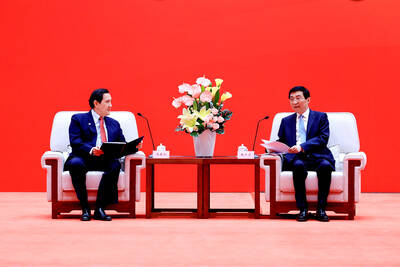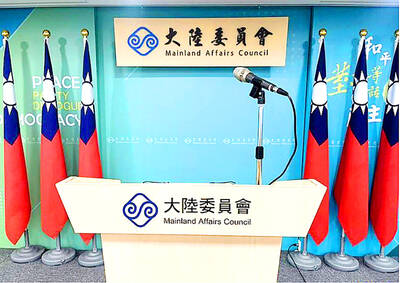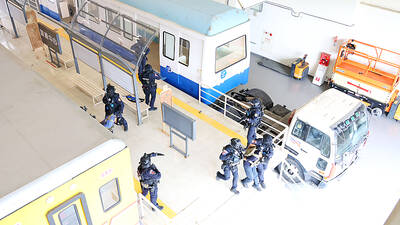Warsaw (Warszawa), the capital of Poland, sits on both banks of the river Vistula. With a population of 1.8 million, the city is the biggest in Poland. Warsaw is the seat of the parliament, senate, president, government and all the major political parties. The city is an important center for the economy, sciences, and culture as well as the main transportation hub.
In the Middle Ages Warsaw was just a small stronghold. It grew in importance at the end of the 16th century when King Sigismund III Vasa decided to move the capital of the country here from Cracow. The move accelerated the development of the city.
In the centuries since, the city suffered from multiple fires, foreign invasions and destruction caused by national uprisings. The Second World War brought about serious damage and a large part of the city was destroyed. After the war, its handful of historic precincts were meticulously reconstructed and returned to their former splendor.

PHOTO: THE WARSAW (POLAND) TRADE OFFICE
A very special atmosphere can be felt in the area of the Old Town, which is included on the UNESCO list of cultural treasures of the world's heritage. Its medieval layout is noticeable. For example, two streets lead to every corner of the market place. They are quite narrow and lined with houses built between the 15th and 18th centuries. The whole of the Old Town area is surrounded by fragments of the old defensive walls, the moat and the barbican.
Particularly charming is the Old Town Square, lined with the narrow, colorful fronts of burgher houses. Not far from the square stands St. John's Cathedral, built in Gothic style and subsequently remodeled several times. Several Polish kings were crowned here and the Constitution of May 3, passed in 1791, was sworn here.
Within the Old Town area there are a few other churches and monastic buildings dating back to between the 14th and 18th centuries; they contain outstanding pieces of art and national mementoes.
The Royal Way refers to a route starting from the Castle Square, with its tall Column of Sigismund III Vasa and running to Wilanow, a former royal suburban residence and now a district of Warsaw.
Centuries ago a ducal stronghold stood where the Royal Castle now stands. Later it was extended and developed to become the royal residence and the seat of parliamentary sessions. Now, after its reconstruction, the Royal Castle is a treasury of art masterpieces and national mementoes.
The historical part of the city -- called the Royal Way -- includes such streets as Krakowskie Przedmiescie, Nowy Swiat and Aleje Uiazdowskie. South of the latter street spreads one of the most picturesque park-and-palace complexes in Europe, called the Royal Lazienki Park. It was built in the late 18th century as a summer residence for King Stanistaw August Poniatowski, the last of the Polish monarchs and a great patron of arts.
The star site of the frequently visited park is the palace upon the water neighboring a number of other buildings beautifully decorated and crammed with objets d'art.
From spring till autumn open-air concerts are held near the Chopin Monument standing just behind the central entrance to the park. Further south, on the city limits, is the second royal residence, Wilanow. This vast park-and-palace complex served as the royal summer residence for King Jan III Sobieski, remembered for his victory over the Turks in the Battle of Vienna in 1683.
The Baroque palace was erected in the late 17th century. Its luxuriously decorated period interiors include a gallery of Polish portraits. Vast Italian and French style gardens and an English landscape park, which surround the residence, add much to its beauty.
Warsaw has many other historical monuments and richly stocked museums of which the National Museum collections can be recommended (Polish and European painting, applied art, Faras frescoes).
A tiny village 60kms west of Warsaw, Zelazowa Wola, owes its fame to Frederic Chopin, who was born here in 1810. The little manor surrounded by a park is now a museum. The major attraction of the place is the seasonal summer piano recitals, often performed by top rank virtuosi.
While in Warsaw, one may also visit Lodz, Poland's second largest urban center, located 130kms southwest from the capital. In the 19th century the city underwent an unprecedented economic boom, becoming one of Europe's major textile industry centers.
Its numerous, well-preserved historical buildings, including Poland's largest complex of Secession style architecture in Piotrkowska Street, owe their existence to the enterprising industrialists who rushed to build textile mills.

CHIP WAR: The new restrictions are expected to cut off China’s access to Taiwan’s technologies, materials and equipment essential to building AI semiconductors Taiwan has blacklisted Huawei Technologies Co (華為) and Semiconductor Manufacturing International Corp (SMIC, 中芯), dealing another major blow to the two companies spearheading China’s efforts to develop cutting-edge artificial intelligence (AI) chip technologies. The Ministry of Economic Affairs’ International Trade Administration has included Huawei, SMIC and several of their subsidiaries in an update of its so-called strategic high-tech commodities entity list, the latest version on its Web site showed on Saturday. It did not publicly announce the change. Other entities on the list include organizations such as the Taliban and al-Qaeda, as well as companies in China, Iran and elsewhere. Local companies need

CRITICISM: It is generally accepted that the Straits Forum is a CCP ‘united front’ platform, and anyone attending should maintain Taiwan’s dignity, the council said The Mainland Affairs Council (MAC) yesterday said it deeply regrets that former president Ma Ying-jeou (馬英九) echoed the Chinese Communist Party’s (CCP) “one China” principle and “united front” tactics by telling the Straits Forum that Taiwanese yearn for both sides of the Taiwan Strait to move toward “peace” and “integration.” The 17th annual Straits Forum yesterday opened in Xiamen, China, and while the Chinese Nationalist Party’s (KMT) local government heads were absent for the first time in 17 years, Ma attended the forum as “former KMT chairperson” and met with Chinese People’s Political Consultative Conference Chairman Wang Huning (王滬寧). Wang

CROSS-STRAIT: The MAC said it barred the Chinese officials from attending an event, because they failed to provide guarantees that Taiwan would be treated with respect The Mainland Affairs Council (MAC) on Friday night defended its decision to bar Chinese officials and tourism representatives from attending a tourism event in Taipei next month, citing the unsafe conditions for Taiwanese in China. The Taipei International Summer Travel Expo, organized by the Taiwan Tourism Exchange Association, is to run from July 18 to 21. China’s Taiwan Affairs Office spokeswoman Zhu Fenglian (朱鳳蓮) on Friday said that representatives from China’s travel industry were excluded from the expo. The Democratic Progressive Party government is obstructing cross-strait tourism exchange in a vain attempt to ignore the mainstream support for peaceful development

ELITE UNIT: President William Lai yesterday praised the National Police Agency’s Special Operations Group after watching it go through assault training and hostage rescue drills The US Navy regularly conducts global war games to develop deterrence strategies against a potential Chinese invasion of Taiwan, aimed at making the nation “a very difficult target to take,” US Acting Chief of Naval Operations James Kilby said on Wednesday. Testifying before the US House of Representatives Armed Services Committee, Kilby said the navy has studied the issue extensively, including routine simulations at the Naval War College. The navy is focused on five key areas: long-range strike capabilities; countering China’s command, control, communications, computers, cyber, intelligence, surveillance, reconnaissance and targeting; terminal ship defense; contested logistics; and nontraditional maritime denial tactics, Kilby